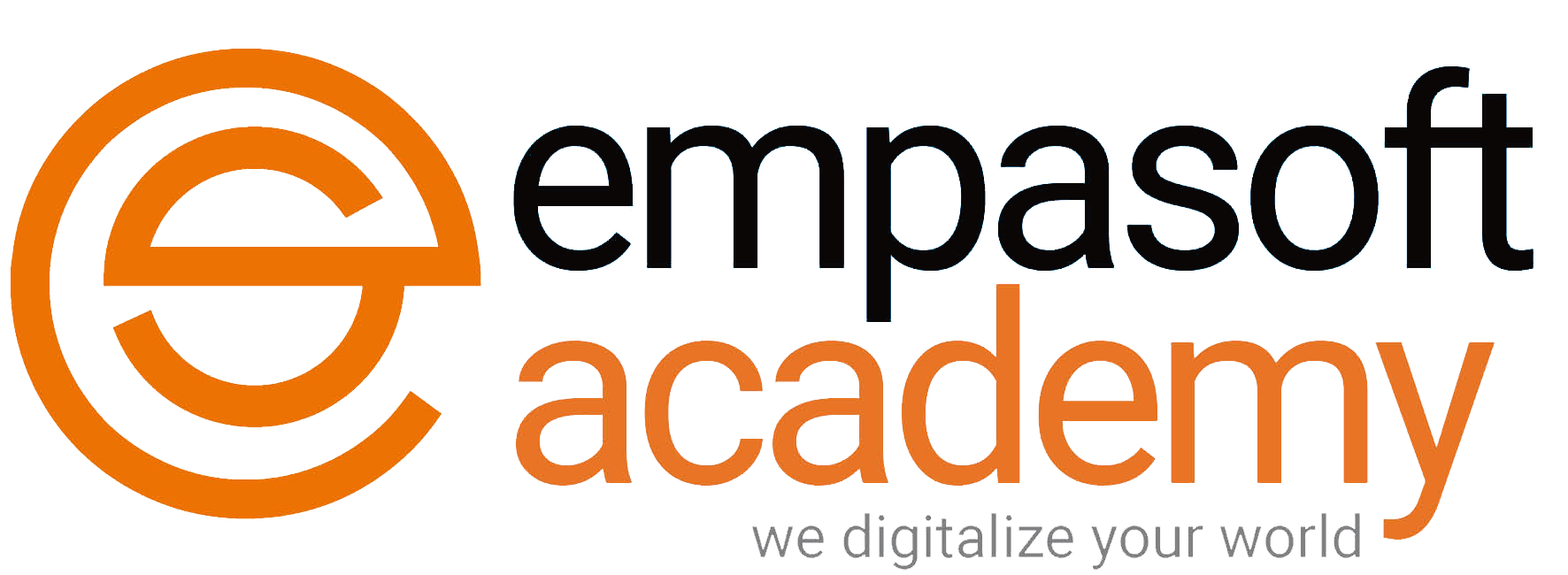ISACA CISM-Certified information Security Manager

Та мэдээллийн технологийн салбарын аюулгүй байдлаар өөрийн карьерийг өсгөхөөр шийдсэн бол энэ нь таны зайлшгүй сурах сургалт юм. Мэдээллийн аюулгүй байдлын менежерийн CISM сургалт нь мэдээллийн аюулгүй байдлын удирдлагын, чадварлаг, олон улсад хүлээн зөвшөөрөгдсөн мэргэжилтэн бэлтгэх зорилготой юм.
Байгууллагын мэдээллийн аюулгүй байдлыг бүрэн хангахад чиглэсэн, бодлого, төлөвлөлт, шийдлийг удирдан зохион байгуулж загварыг тодорхойлох, аюултай байдлын цар хүрээг нэн даруй тодорхойлох, мэдээллийг аюулгүйгээр бүрэн хамгаалах чадваруудыг олон улсын жишээн дээр үндэслэн заадагаараа тус сургалт нь давуу талтай юм.
Суралцагсдыг шалгалт өгөхөд бэлдэх зорилгоор дүгнэлт хийлгэх, асуудал шийдвэрлүүлэхэд тус сургалтын бас нэгэн хэсэг оршино.
Сургалтын үргэлжлэх хугацаа: 4 өдөр /36 цаг/
Сургалтын төлбөр: 3,000,000₮
Сургалтын хэл: Англи
Шалгалтын төлбөр: 836$ (гишүүнчлэлийн хураамж ороогүй үнэ)
Сургалтын агуулга:
- Domain 1—Information Security Governance Establish and maintain an information security governance framework and supporting processes to ensure that the information security strategy is aligned with organizational goals and objectives, information risk is managed appropriately and program resources are managed responsibly.
- Methods to develop an information security strategy
- The relationship among information security and business goals, objectives, functions, processes and practices
- Methods to implement an information security governance framework
- The fundamental concepts of governance and how they relate to information security methods to integrate information security governance into corporate governance
- Internationally recognized standards, frameworks and best practices related to information security governance and strategy development
- Methods to develop information security policies
- Methods to develop business cases
- Strategic budgetary planning and reporting methods
- The internal and external influences to the organization (for example, technology, business environment, risk tolerance, geographic location, legal and regulatory requirements) and how they impact the information security strategy
- Methods to obtain commitment from senior management and support from other stakeholders for information security
- Information security management roles and responsibilities
- Organizational structures and lines of authority
- Methods to establish new, or utilize existing, reporting and communication channels throughout an organization
- Methods to select, implement and interpret metrics (for example, key goal indicators [KGIs], key performance indicators [KPIs], key risk indicators [KRIs])
- Domain 2—Information Risk Management and Compliance Manage information risk to an acceptable level to meet the business and compliance requirements of the organization.
- Methods to establish an information asset classification model consistent with business objectives
- Methods used to assign the responsibilities for and ownership of information assets and risk
- Methods to evaluate the impact of adverse events on the business
- Information asset valuation methodologies
- Legal, regulatory, organizational and other requirements related to information security
- Reputable, reliable and timely sources of information regarding emerging information security threats and vulnerabilities
- Events that may require risk reassessments and changes to information security program elements
- Information threats, vulnerabilities and exposures and their evolving nature
- Risk assessment and analysis methodologies
- Methods used to prioritize risk
- Risk reporting requirements (for example, frequency, audience, components)
- Methods used to monitor risk
- Risk treatment strategies and methods to apply them
- Control baseline modeling and its relationship to risk-based assessments
- Information security controls and countermeasures and the methods to analyze their effectiveness and efficiency
- Gap analysis techniques as related to information security
- Techniques for integrating risk management into business and IT processes
- Compliance reporting processes and requirements
- Cost/benefit analysis to assess risk treatment options
- Domain 3—Information Security Program Development and Management Establish and manage the information security program in alignment with the information security strategy.
- Methods to align information security program requirements with those of other business functions
- Methods to identify, acquire, manage and define requirements for internal and external resources
- Information security technologies, emerging trends, (for example, cloud computing, mobile computing) and underlying concepts
- Methods to design information security controls
- Information security architectures (for example, people, process, technology) and methods to apply them
- Methods to develop information security standards, procedures and guidelines
- Methods to implement and communicate information security policies, standards, procedures and guidelines
- Methods to establish and maintain effective information security awareness and training programs
- Methods to integrate information security requirements into organizational processes
- Methods to incorporate information security requirements into contracts and third-party management processes
- Methods to design, implement and report operational information security metrics
- Methods for testing the effectiveness and applicability of information security controls
- Domain 4—Information Security Incident Management Plan, establish and manage the capability to detect, investigate, respond to and recover from information security incidents to minimize business impact.
- The components of an incident response plan
- Incident management concepts and practices
- Business continuity planning (BCP) and disaster recovery planning (DRP) and their relationship to the incident response plan
- Incident classification methods
- Damage containment methods
- Notification and escalation processes
- The roles and responsibilities in identifying and managing information security incidents
- The types and sources of tools and equipment required to adequately equip incident response teams
- Forensic requirements and capabilities for collecting, preserving and presenting evidence (for example, admissibility, quality and completeness of evidence, chain of custody)
- Internal and external incident reporting requirements and procedures
- Post-incident review practices and investigative methods to identify root causes and determine corrective actions
- Techniques to quantify damages, costs and other business impacts arising from information security incidents
- Technologies and processes that detect, log and analyze information security events
- Internal and external resources available to investigate information security incidents
Сургалтын зорилго:
- Governance of Information Security
- Information Risk Management and Compliance
- Information Security Incident Management
- Information Security Program Development and Management
Course Features
- Lectures 0
- Quizzes 0
- Duration 36 цаг
- Language Англи
- Students 0
- Assessments Yes

